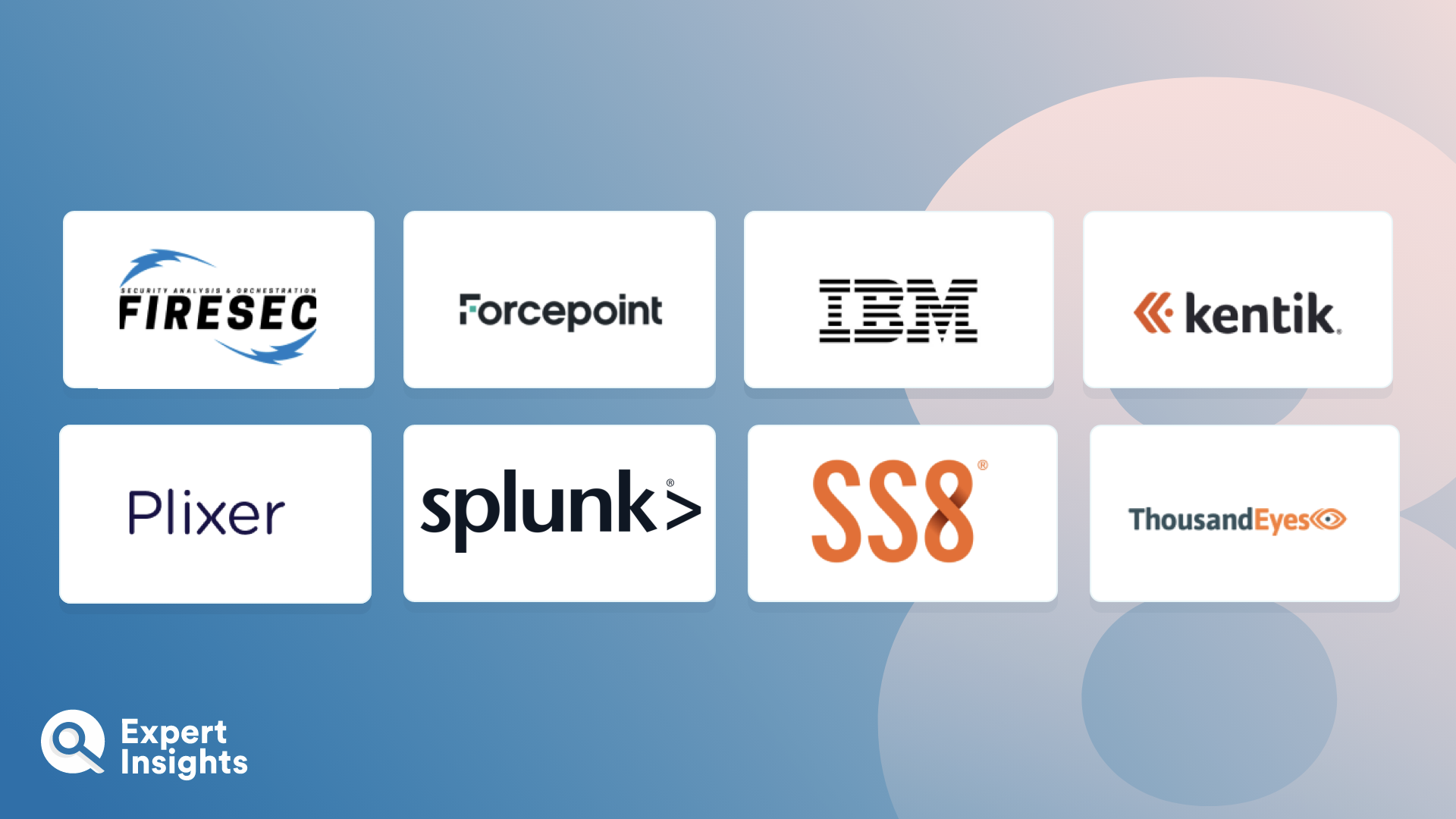Network Intelligence: Everything You Need To Know (FAQs)
What Is Network Intelligence?
Network Intelligence is a broad category that describes technology that is used to gather information. Network intelligence involves gathering detailed information from various parts of your network, which can be used to enhance processes and make informed decisions. Typically, this information is used in network management and utilization questions. It can also identify common connections, as well as determine the speed and data rates. Depending on what information it is designed to gather, network intelligence solutions will work in very different ways.
How Does Network Intelligence Work?
Network intelligence can be used to understand and illustrate the connections between your cloud and on-premises services. This data can then be analyzed so that you can make informed decisions regarding your network, potential upgrades, and any reconfigurations.
As part of this process, packet and deep packet inspection (DPI) is used to acquire and understand data. This is a way of assessing the data that is being transmitted by evaluating the IP packet. From this, your system can tell where a packet originated from. The information can be contextualized to understand how the network is used, and how data interacts with the network in different locations.
Not only does this information provide insights into data and traffic, but it can be contextualized to provide real-time visibility of user behavior, network, application, and account usage, and customer segmentation. By identifying any patterns within this data flow, relationships can be identified, and potential impact understood. This can inform future updates and any improvements to the user interface.
What Are The Uses Of Network Intelligence?
Network intelligence can be used to gather intelligence on anything that it is set up for. The uses of network intelligence are, therefore, near limitless.
Network intelligence utilizes recent advances in AI and ML to automate traditionally human investigations, at scale and at a high speed. The main benefits of using network intelligence include:
- Using analytics and prior experience to make decisions
- Responding to signals, alerts, and notifications
- Carrying out and logging routine tasks
- Assessing vulnerabilities and anticipating future problems
Network intelligence can be particularly useful when completing cloud migration projects, for instance. It allows you to understand how the network is functioning and where any improvements might need to be made. You can identify if issues are caused internally, or by an external cloud provider.
It can also be useful when an organization is looking to automate a process. Initially, this information can be used to understand what solution is needed, and how best to administer it. Then, the information can be fed into the automation process, so that your IT team can focus on more complex issues, rather than repetitive manual tasks.
Who Is Network Intelligence For?
Network intelligence tools will be designed to identify a certain type of information that can give specific insights.
For example, a communications company may wish to gain an understanding of latency and communication speeds. By better understanding the time it takes for messages to be sent, software engineers can make relevant changes to optimize their service. This would include the difference between sending videos, voice messages, and photos – any differences in upload and download speeds or data limits might be relevant. Armed with this data, the engineers could take steps to improve the efficiency of their technology, thereby saving the company time and money.
Another common use case for a network intelligence solution is monitoring the behavior of users as they navigate across a website. Data gathered here can ensure that a website’s design is ergonomic and logical. This would be helpful for an ecommerce business or an organization who needs to track advertizing reach.
At the end of the day, network intelligence solutions are designed to help any organizations answer specific questions they have about their network; be those regarding security, efficiency, or general usage.
What Are The Benefits Of Network Intelligence?
For some, the main aim of network intelligence is to produce actionable insights and optimize processes. This, however, is not the extent of a network intelligence solution’s capabilities.
Fundamentally, network intelligence automates what has historically been a human-led process. When left in human hands, the process is much slower, less extensive, and liable to human error. Through the inclusion of AI and ML technology, information gathering and analysis can be streamlined. Other benefits include:
- Analyzing data at scale across a whole network
- Faster processing
- A high degree of accuracy
- Automating data collection and analysis to run consistently or periodically
- Operating with reduced human interaction
Taken together, these benefits allow organizations to focus on the insights – and how they should respond – rather than worrying about how to gather data, and how accurate it is.
How Do You Choose A Network Intelligence Solution?
Network intelligence solutions will be designed with a specific use case in mind. It is imperative that you select the right tool for the job. Otherwise, you will have a very capable tool for the wrong job. As an organization, decide what problem needs to be solved, before investing in a solution.
It is also worth keeping in mind:
- The type of data that can be ingested by your solution
- The level and type of analysis that can be applied to data
- Ensure that insights and intelligence is clear and actionable
What Information Can Network Intelligence Provide?
There isn’t any real limit to the information that can be gathered by network intelligence solutions, however, some of the common use cases include:
- Monitoring speed, uptime, lag, and other network metrics
- Pulling data from live feeds
- Identify redundant, obsolete, or irrelevant data stored on your network
- Enrich data with contextual information from other parties and sources
- Vulnerability monitoring and identification














